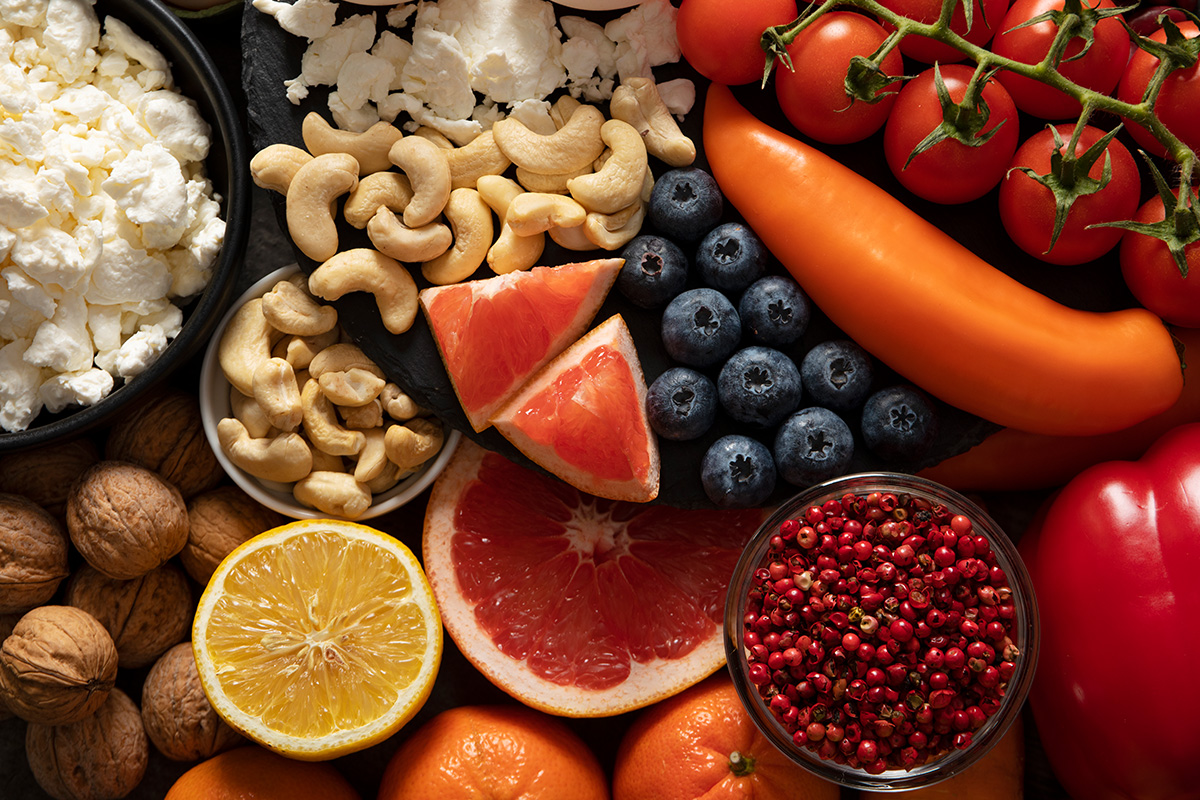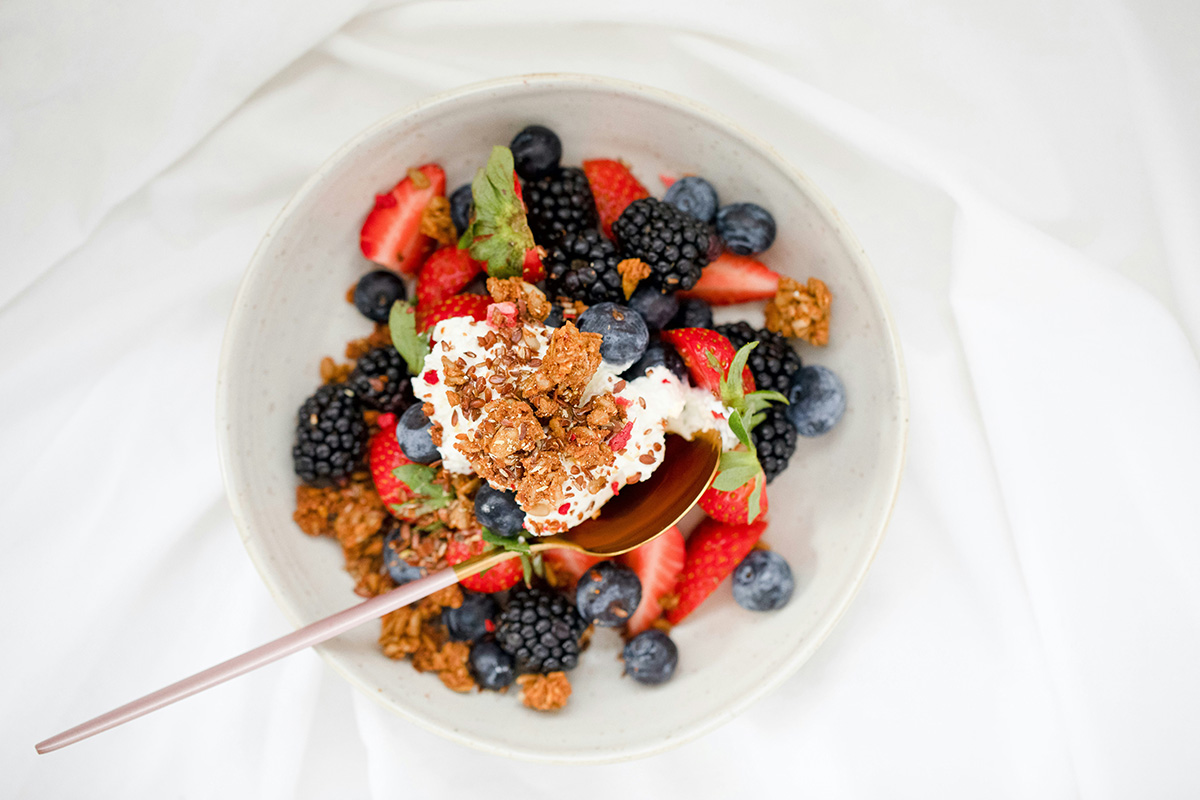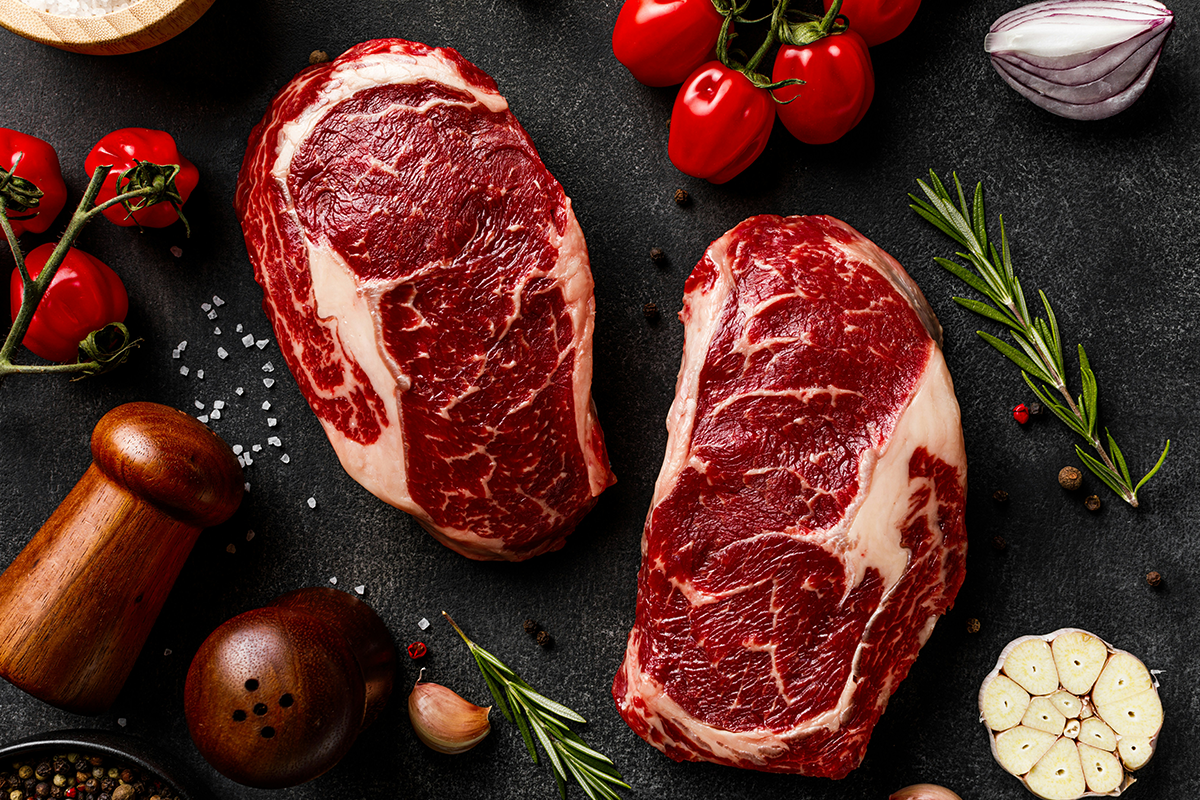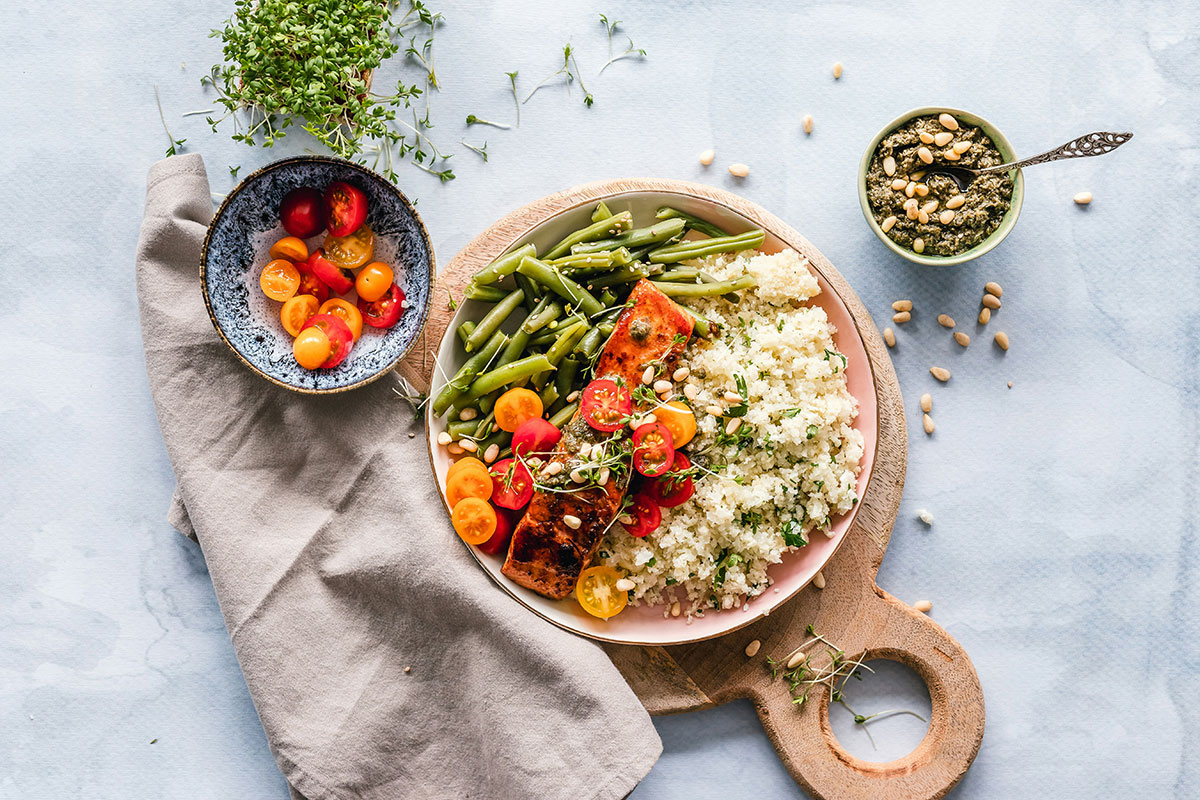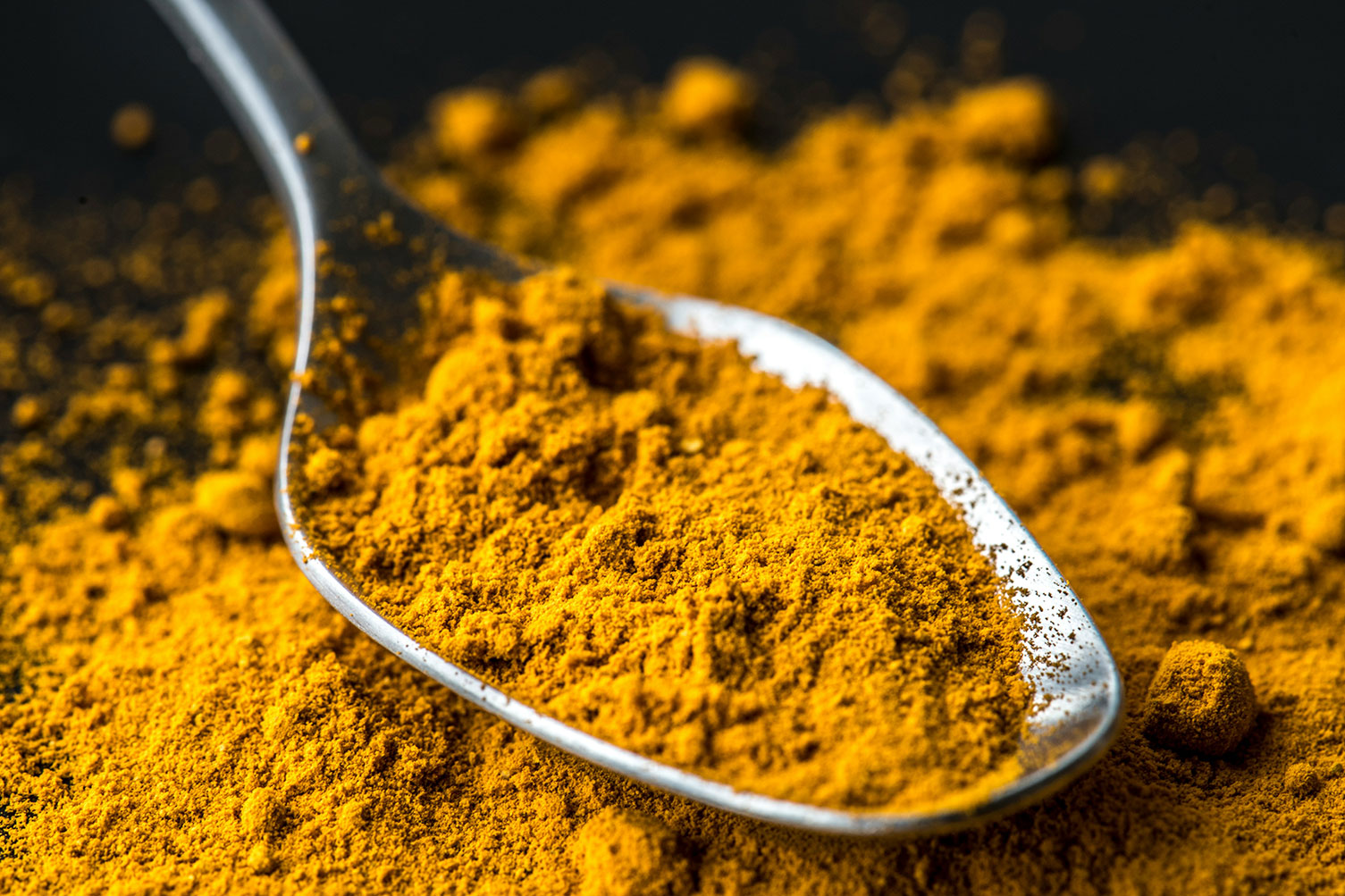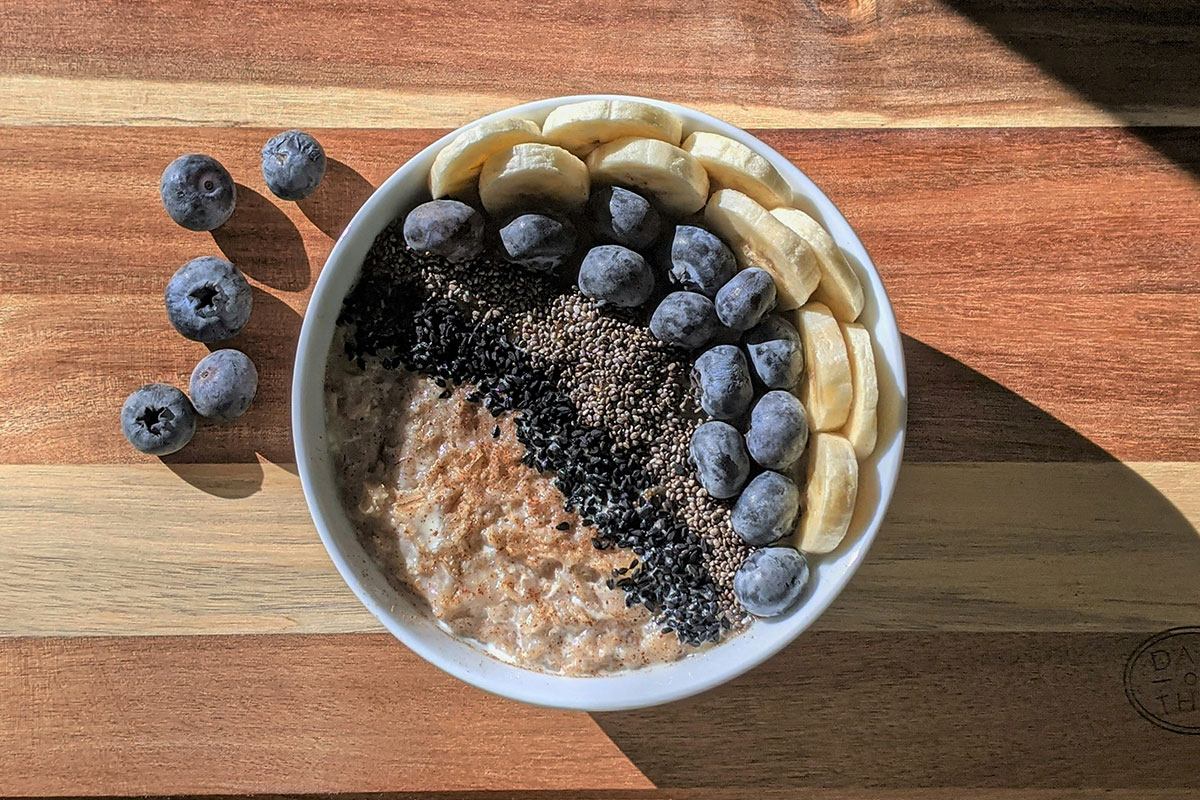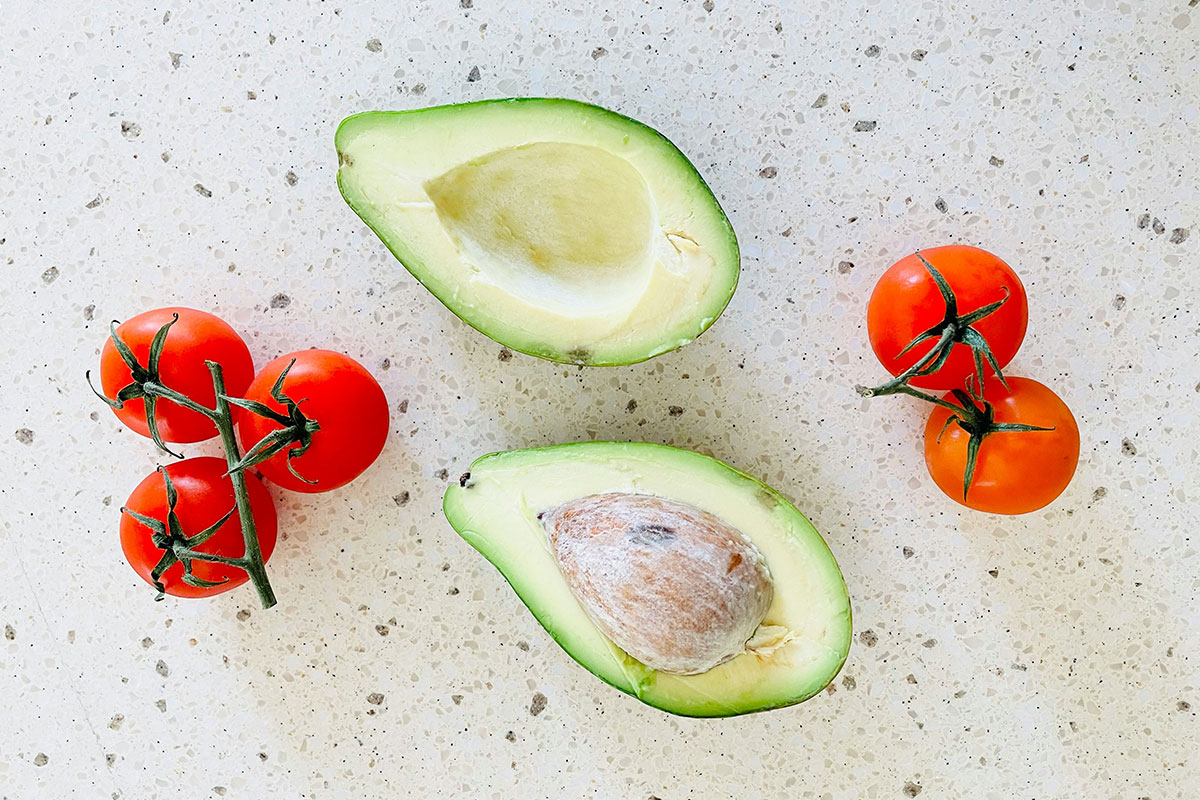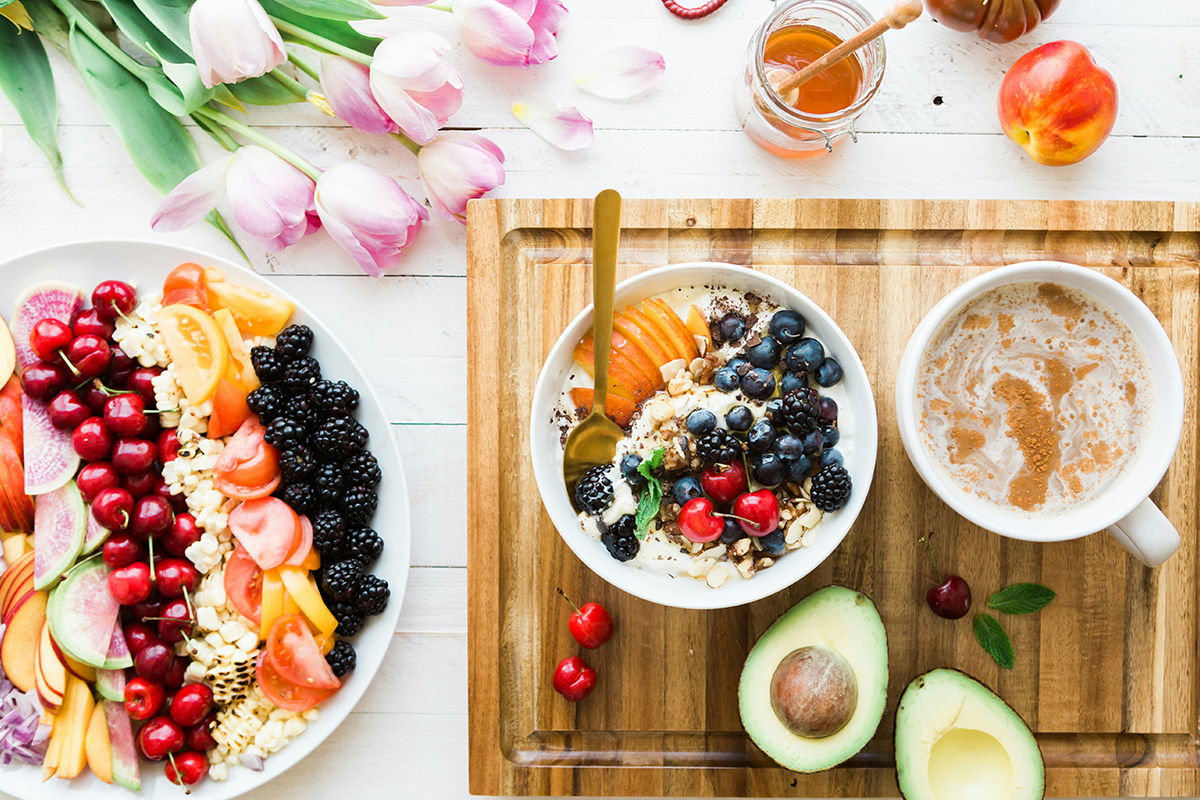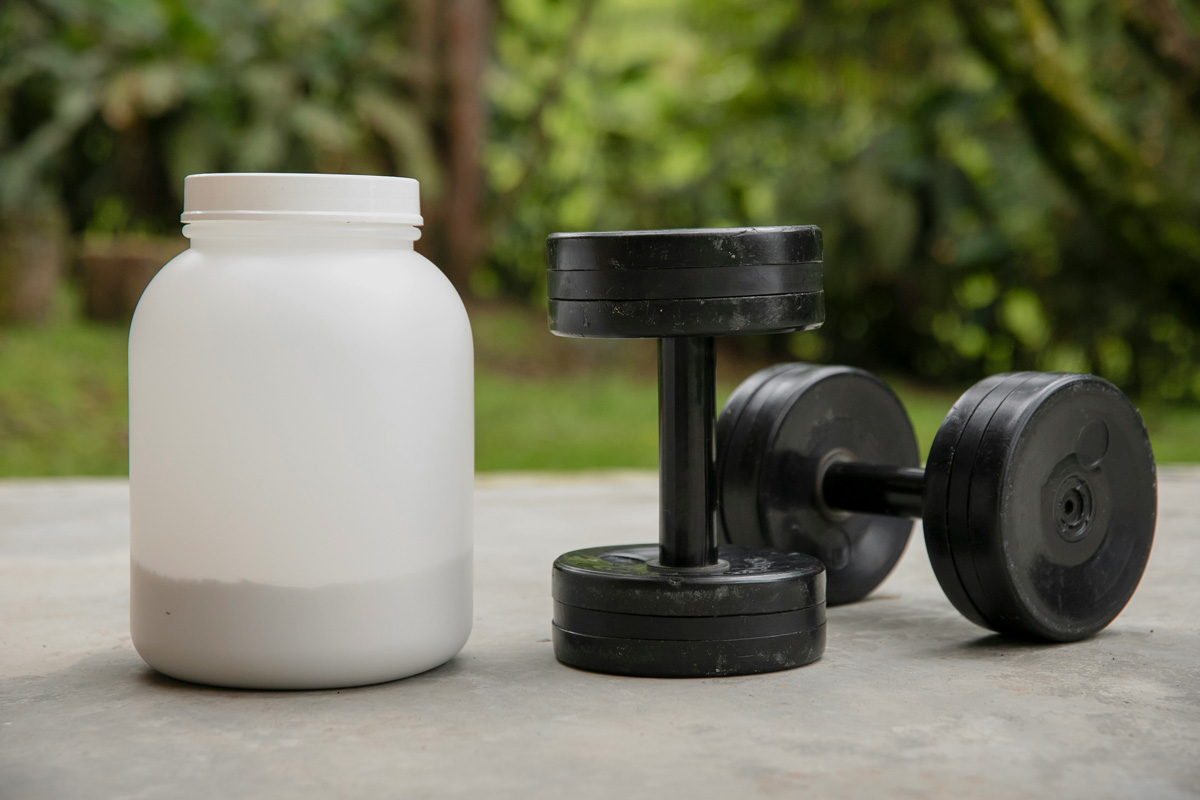Easy and Nutritious High-Fiber Foods to Eat for Daily Intake
Dietary fiber is vital to good health. It supports heart health by lowering levels of “bad” cholesterol and promoting the growth of beneficial bacteria in the gut. It lowers blood pressure and makes you feel full after a meal. This helps prevent overeating, which in turn aids in maintaining a healthy weight. Fiber is also believed to lower the risk of colorectal cancer.
In this Foodie Fit blog, we explore the best, easiest high-fiber foods to eat for daily intake.
What Foods Have High Fiber
Fortunately, there is a wealth of high fiber foods. Most are fruits, vegetables, and whole grains.
Vegetables
When it comes to the high fiber foods list, vegetables are near the top. Here are some of the highest in dietary fiber.
- Broccoli
- One cup of broccoli has 2.2 grams of fiber. This is about 8 percent of the daily value, or DV. The DV is how much of a nutrient you should have every day.
- Avocados
- The avocado is one of those fruits that’s treated like a vegetable. A 7-ounce avocado has 14 grams of fiber.
- Sweet Potatoes
- Sweet potatoes are packed with nutrients, including dietary fiber. One cup of this root vegetable has 6.6 grams of fiber.
Fruits
Though you may think of fruits as sweet and light treats on a hot day, a surprising number of fruits also double as a fiber powerhouse. Here’s a list of some fruits that are high in fiber.
- Apples
- One medium apple has about 4.4 grams of fiber.
- Passion fruit
- Passion fruit is a champion when it comes to dietary fiber. One cup of passion fruit has an amazing 24.5 grams of fiber.
Berries
Technically a fruit that grows from the ovary of a single flower and has at least two seeds enveloped by flesh and an outer layer, many berries are also fiber-rich:
- Blueberries
- These little nutrient-rich powerhouses have 13 percent of the DV per cup.
- Blackberries
- Blackberries provide a decent 5.3 grams of dietary fiber per 3.5 ounces. This is about 20 percent of the DV.
- Pomegranate
- The pomegranate is also considered a berry, despite its size and tough hull. Its ruby red seeds deliver 6 grams of fiber per cup.
Whole Grains
A whole grain is a seed that hasn’t been stripped of components such as its bran. Whole grains are polished because they last longer when they’re stored and can often be stored at room temperature. However, polishing comes with the loss of lots of nutrients, including fiber.
- Oats
- Oats not only have 4 grams of fiber per half a cup, but the fiber they contain lowers bad cholesterol.
- Quinoa
- When it’s cooked, a cup of quinoa provides 5 grams of fiber, which is around 18 percent of the DV.
- Whole Grain Bread
- The amount of fiber in bread made from whole grains varies. For example, a slice of wheat germ bread has 4 grams of fiber.
Beans, Nuts, and Seeds
These plant products are also famous for their fiber content:
- Cooked Beans
- The amount of fiber a cup of cooked beans has depends on what kind of bean it is. Pinto and black beans have the most fiber, with 15 grams per cup.
- Chia Seeds
- An ounce of chia seeds has about 9.8 grams of dietary fiber, or 35 percent of the DV.
- Nuts
- Like cooked beans, the dietary fiber of nuts depends on the nut. The highest amounts of fiber belong to almonds and pistachios at 10.9 and 9.1 grams each per 100 grams, respectively.
… And One More Tip
Eating a diet rich in fiber holds many benefits. However, if you’re not used to eating a lot of fiber, doing so quickly and abruptly can cause digestion or stomach issues. As such, if you are looking to add fiber-rich foods slowly to your diet, be sure to increase your consumption of water. Doing so will limit the negative impact of fiber on your body.
Conclusion
Fiber keeps you regular, supports the microbiome in your gut, keeps your good cholesterol levels stable and may even help you lose weight. Best of all, the foods that contain lots of fiber are plentiful and inexpensive.
Looking to add more fiber to your diet in a quick and easy way? Be sure to also check out Foodie Fit for the latest and greatest heat and eat meal prep delivery options today.

